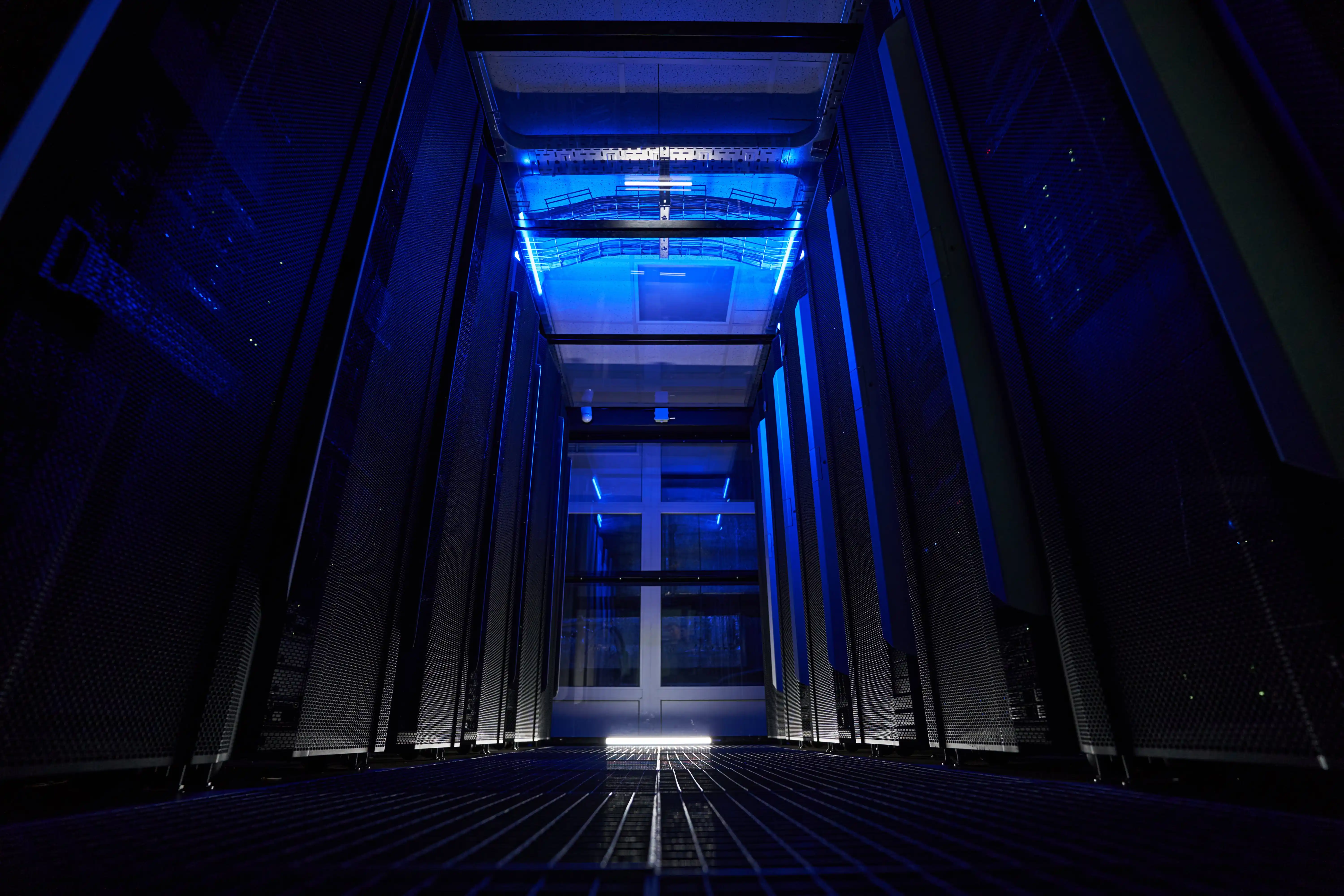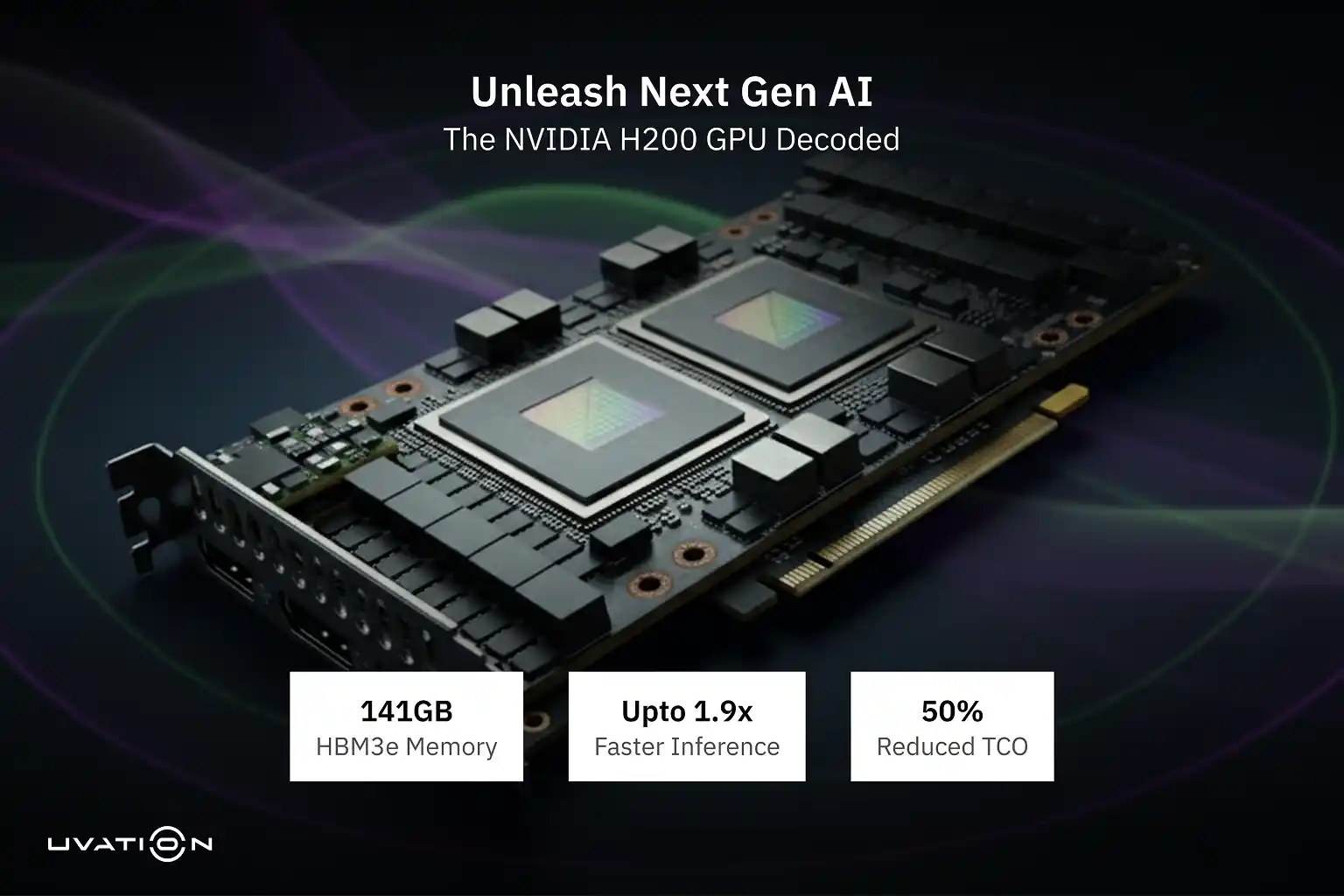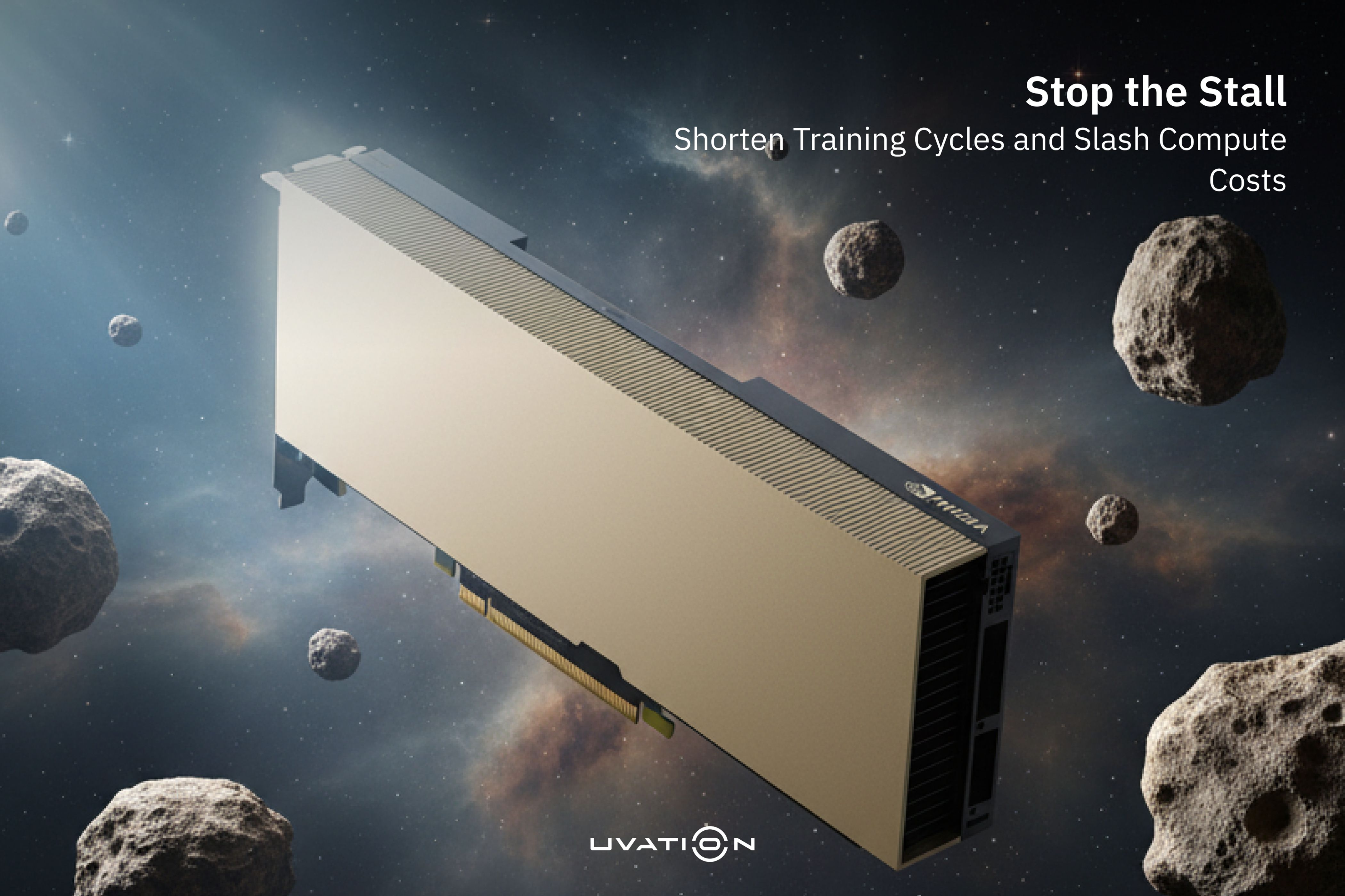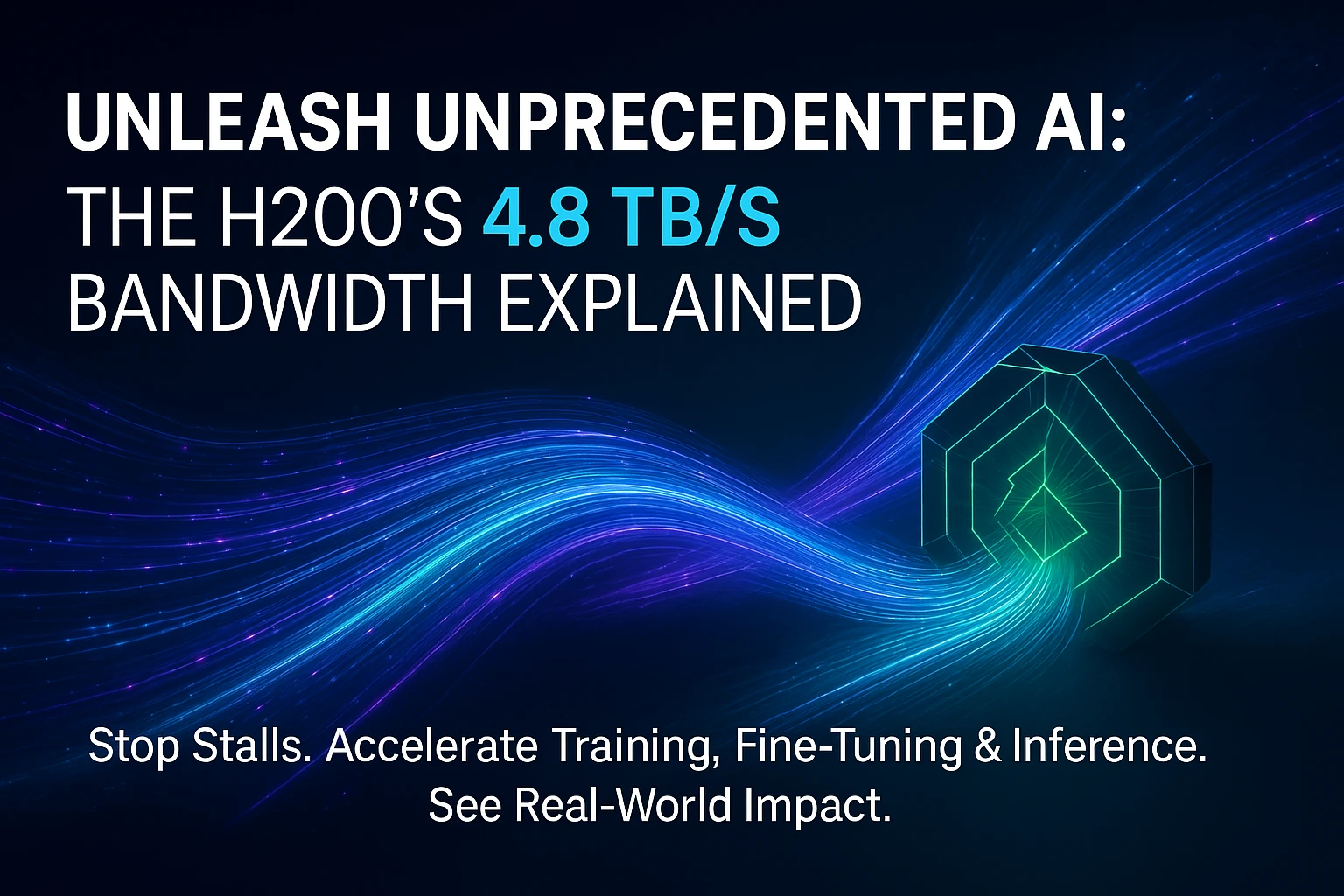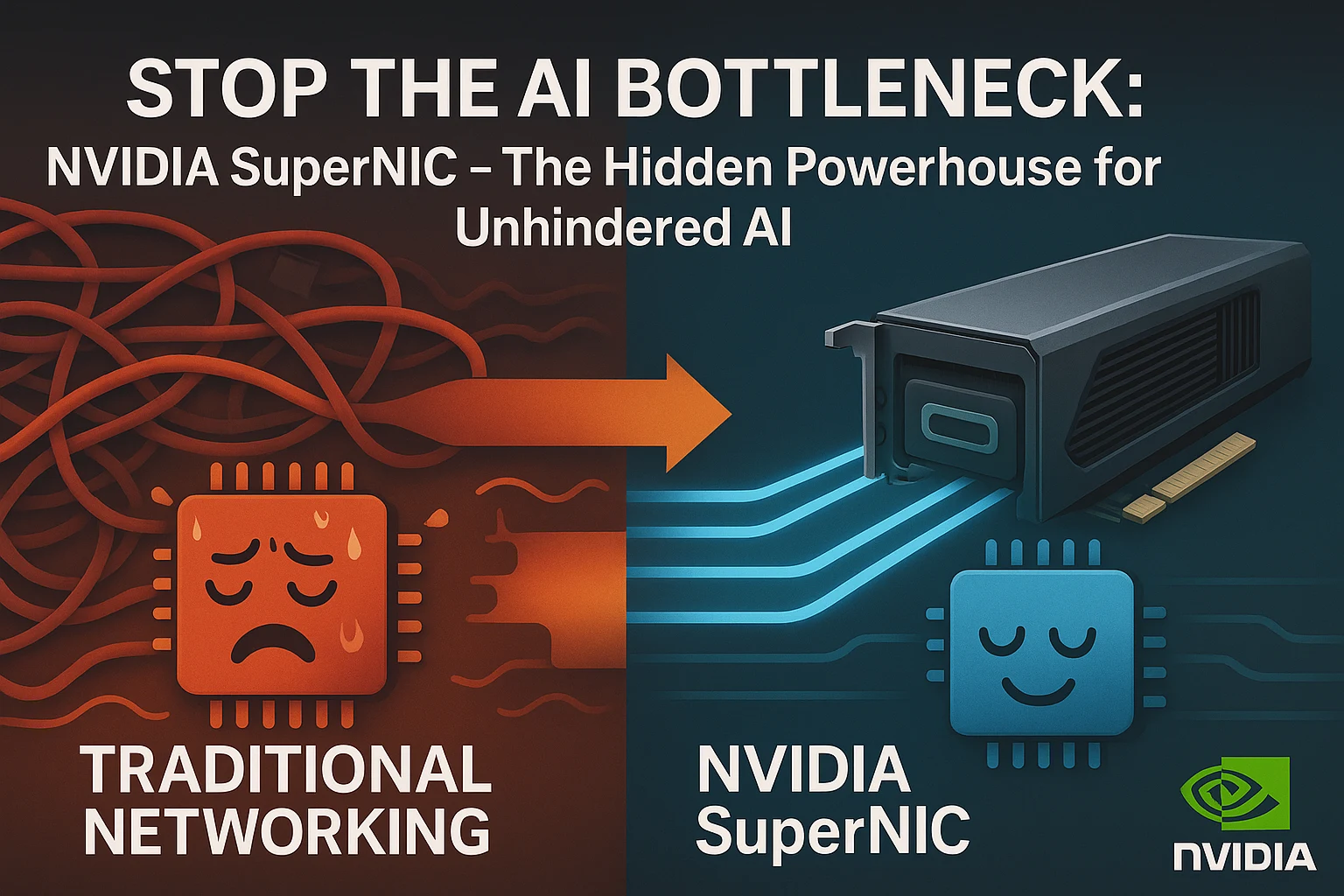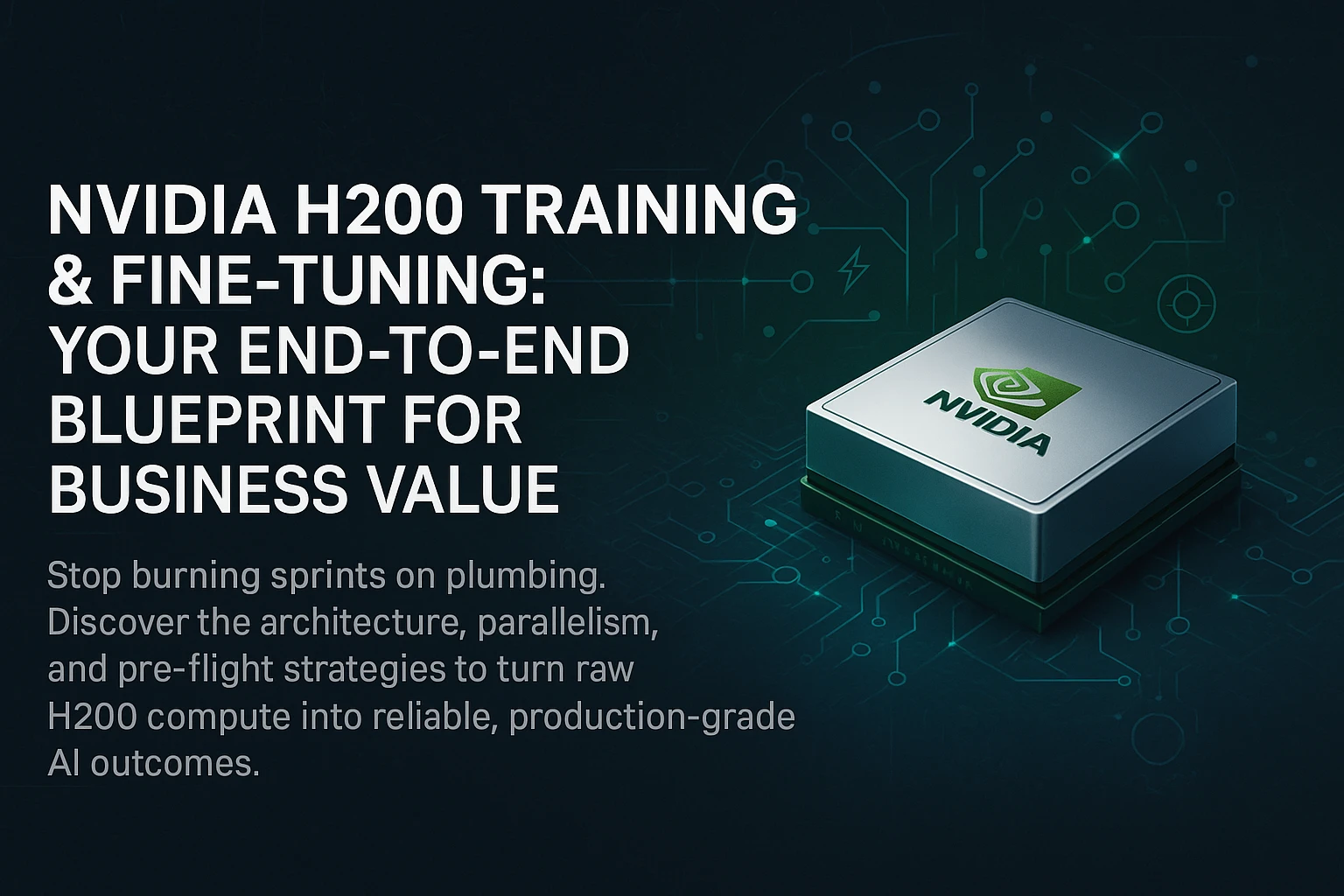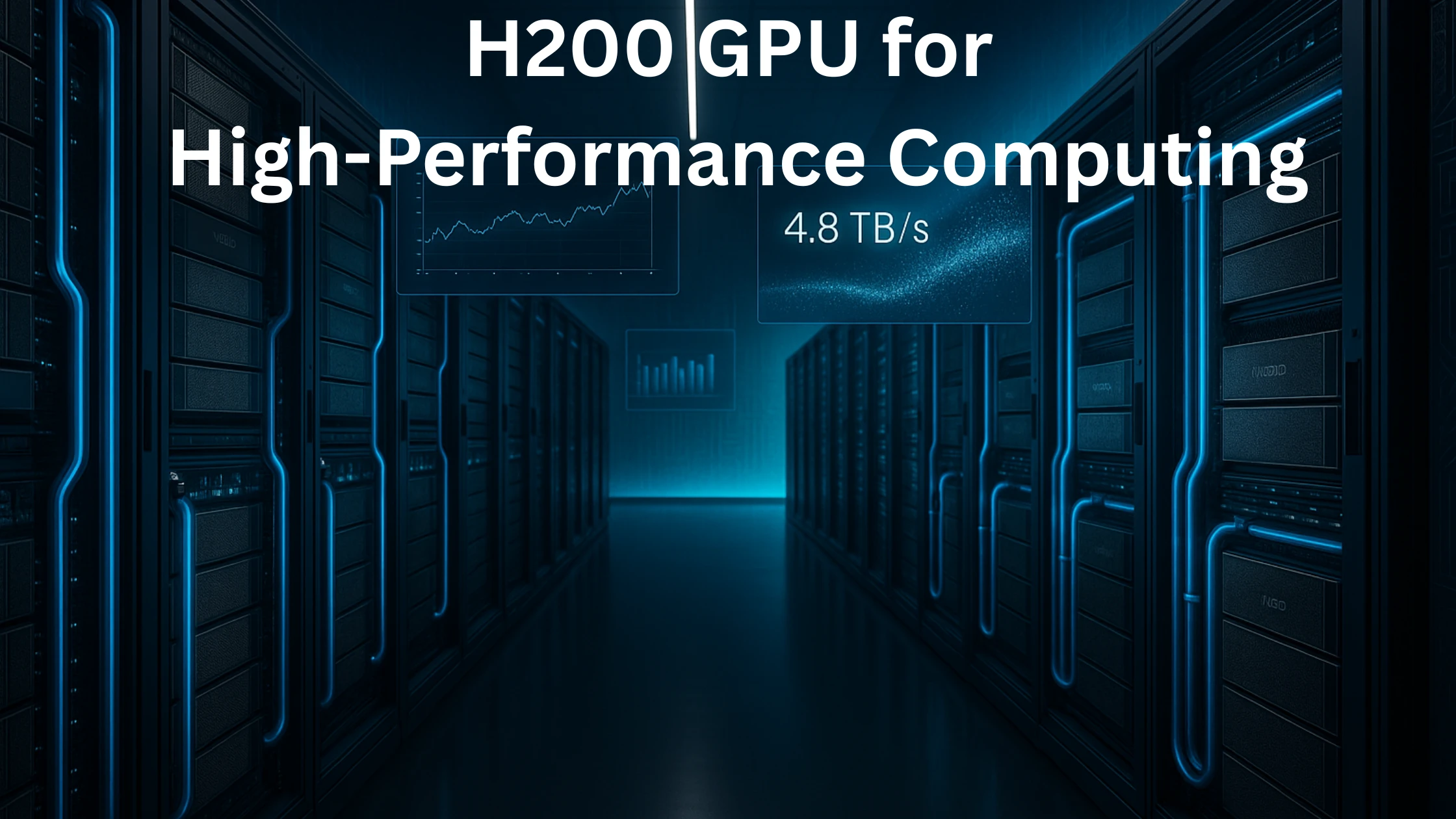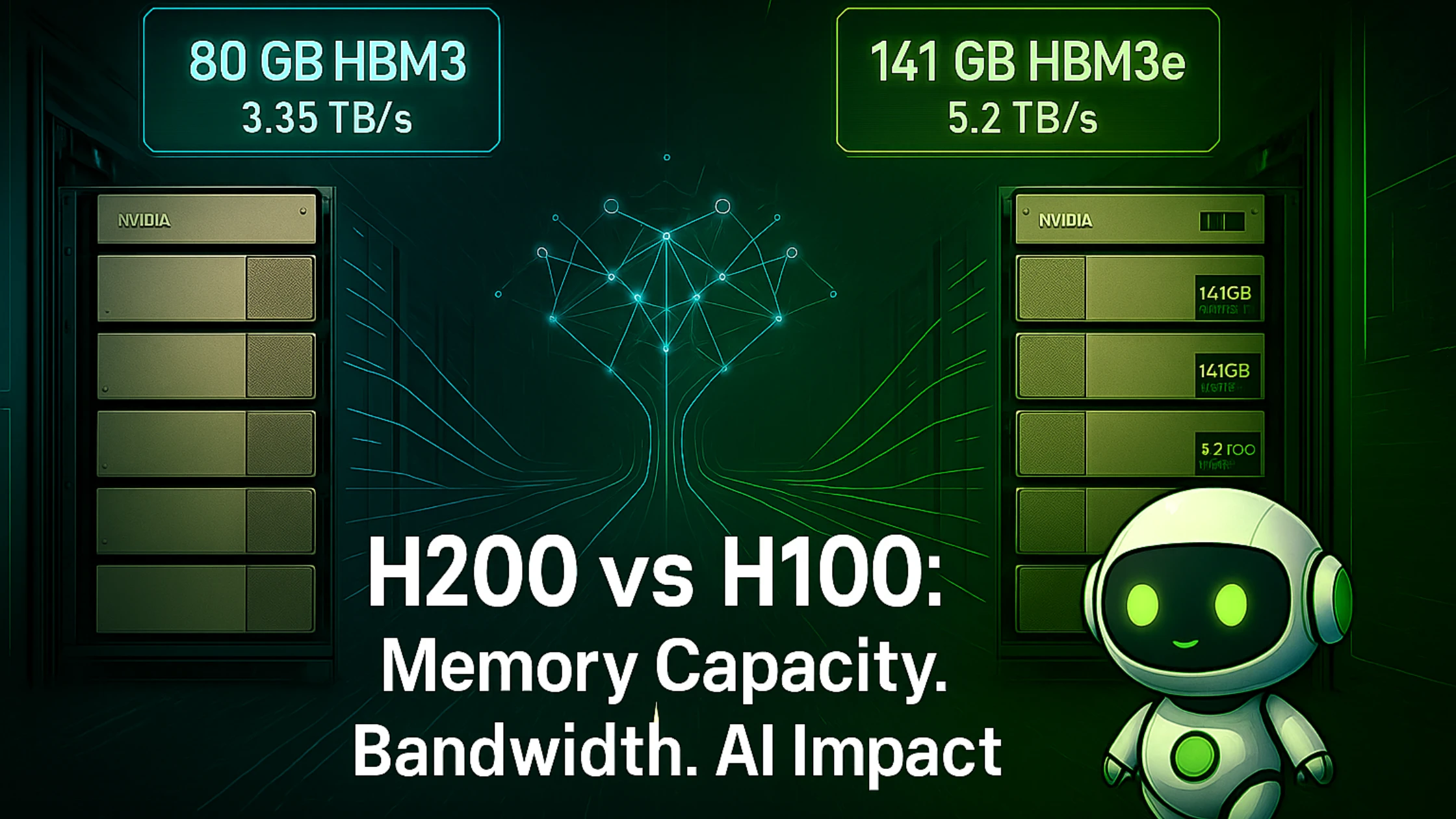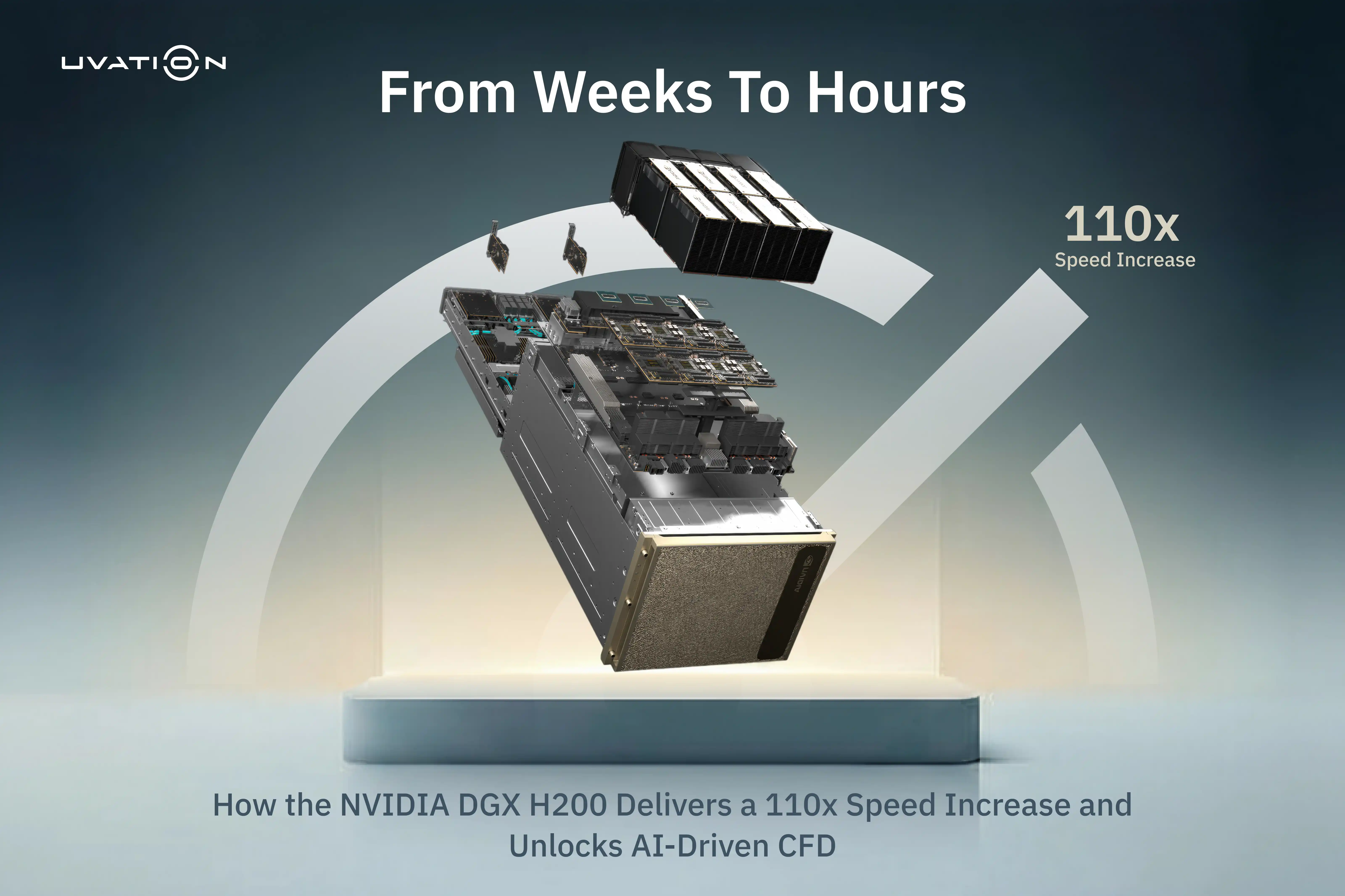
Unleashing Computational Fluid Dynamics (CFD) with NVIDIA DGX H200
Computational Fluid Dynamics (CFD) has moved from being a specialist’s tool to becoming a hallmark of modern engineering and research. From fine-tuning the aerodynamics of a Formula 1 car to simulating complex blood flow patterns in healthcare, engineers now rely on CFD for insights that are both fast and precise. But delivering this level of fidelity comes at a steep computational cost, one that traditional CPU clusters and earlier GPUs often struggle to handle. The NVIDIA DGX H200 meets this demand head-on, bringing together next-generation GPU performance and AI integration to accelerate large-scale CFD workloads, improve accuracy, and make scaling more seamless than ever before.
8 minute read
•Artificial Intelligence

